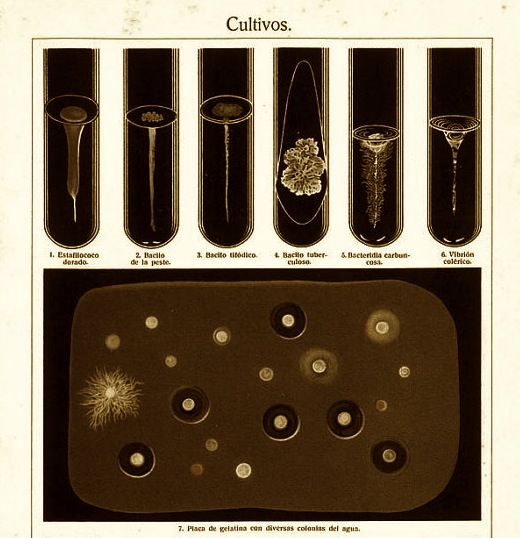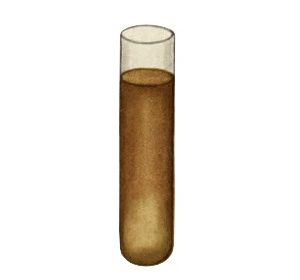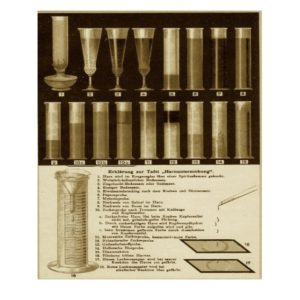Description
A ‘culture and sensitivity’ is a laboratory test that determines what bacteria is present in a sample, and what medication is effective against the bacteria. It will tell us:
- Exactly which organism is causing the problem.
- What the best medication is to use.
How is a ‘culture and sensitivity’ performed?
 The specimen is spread across the surface of a jelly-like medium called agar, which is contained in a petri dish. Organisms grow on the surface of the agar and after 24 hours or so, each organism will multiple and form a small bump or ‘colony’ on the agar which is then put through a battery of tests to identify the type of organism.
The specimen is spread across the surface of a jelly-like medium called agar, which is contained in a petri dish. Organisms grow on the surface of the agar and after 24 hours or so, each organism will multiple and form a small bump or ‘colony’ on the agar which is then put through a battery of tests to identify the type of organism.
 |
For the sensitivity portion of the test, the organisms is spread across the plate so that the whole plate is covered uniformly and small paper discs are placed on the surface. Each disc contains a different medication. The plate is then checked daily to determine if the discs are preventing growth of the organism.
SENSITIVE: In this case, a clear, circular “halo” (technically known as a zone of inhibition) will appear around the antibiotic disk, indicating an absence of bacteria. The antibiotic has inhibited their growth, meaning that this particular antibiotic should be an effective medication against the bacteria.
RESISTANT: In this case, the disc will have no discernible zone of inhibition around it, meaning that the bacteria are growing normally, even in the presence of the antibiotic. An antibiotic producing no zone of inhibition will be ineffective against the bacteria causing the infection. 





